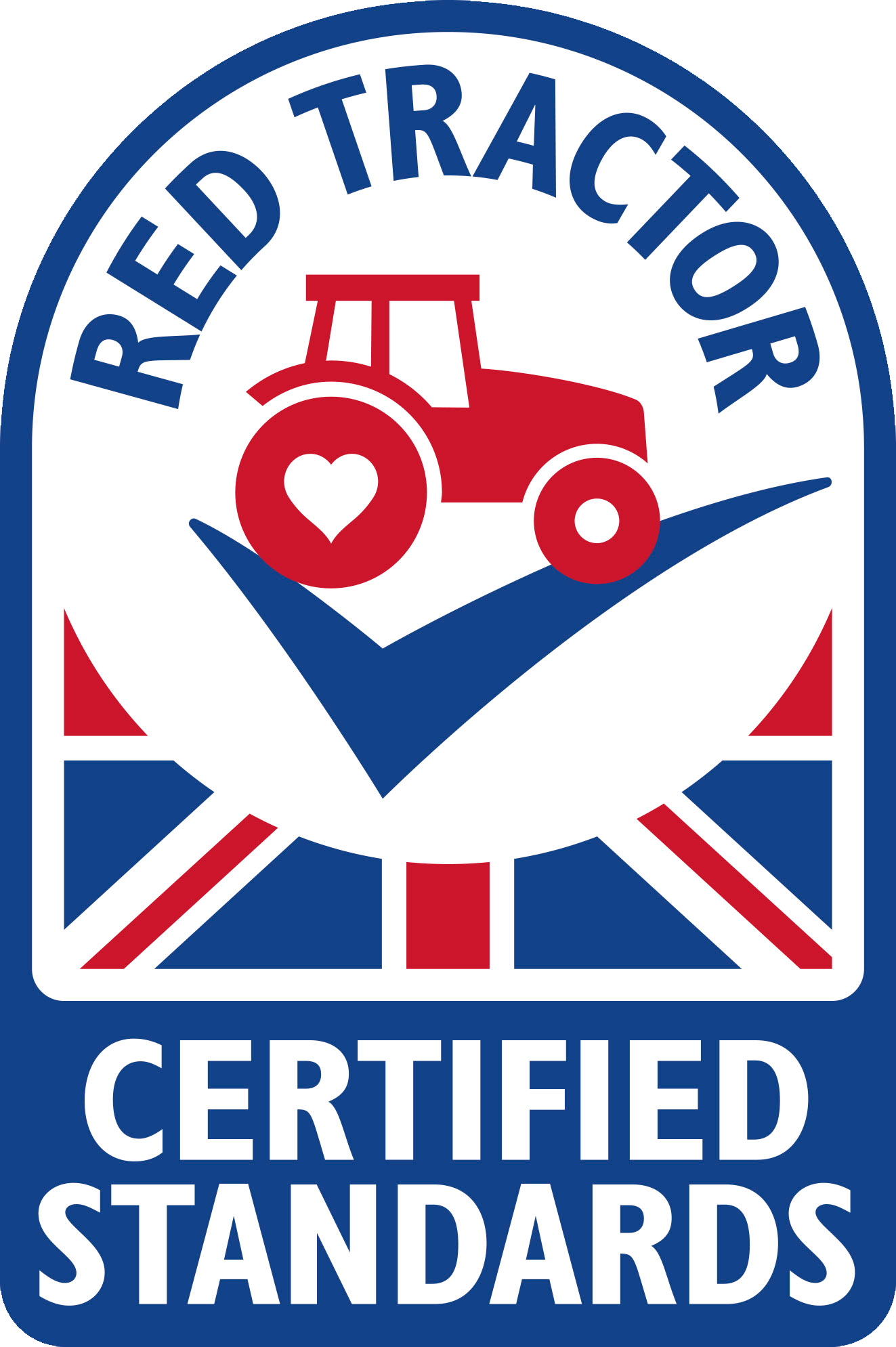The British dairy industry prides itself on being a pioneer in dairy cattle welfare; it is a top priority for the sector.
However, the fate of dairy bull calves is not a secret; it is a key focus area for the industry. While the rearing of bull calves for the beef market is high, and several industry initiatives continue to champion improvements in calf health, welfare and survival, there is still room for improvement. The industry has committed to making further progress in this area with the development of the GB Calf Strategy. The core objective of the strategy is to find practical solutions to reduce the number of calves that are routinely euthanised on farms. You can read more about the GB Calf Strategy on the AHDB website.
What are the Red Tractor Standards?
Red Tractor farmers uphold high animal welfare standards on their farms and while the Dairy scheme standards already cover the care of youngstock on the farm regardless of gender, last summer as part of the GB Dairy Calf Strategy, we consulted on changes to the standards to help the industry deliver on its commitment to rear all calves with care and to eliminate the euthanasia of calves by 2023.
What changes can we expect?
From November 2021 Red Tractor will require members to comply with a standard that fits within the Strategy’s aim of encouraging responsible breeding strategies, producing calves that are economically attractive to rearers and buyers.
Read more: Considerations for Pregnant Heifers
The new standard, that members will be assessed against from November 2021, requires members to develop and implement a written breeding and management plan which details the farms plans around semen usage and replacement policies along with identifying markets for calves and decisions around housing and rearing provisions.
The relevant Red Tractor standards, which are available on the Red Tractor Assurance website, provide clear audit points that members will need to demonstrate compliance with. Crucially members will require evidence that:
- The breeding and management policy is being implemented on-farm.
- Calculations are undertaken and reflect what occurs on-site.
- Records are available (invoices or something similar), that demonstrate that semen purchases reflect the breeding plan and that markets have been identified, to sell calves into.
- All calves are treated the same, regardless of breed or sex.
It is important to note that some milk purchasers have developed their own policies around eliminating the routine euthanasia of calves on-farm and Red Tractor farmers should look to communicate with their milk buyers to ensure full compliance.
Collaboration will lead to success
The complex nature of the supply chain, involving a vast number of stakeholders within both the dairy and beef sectors, underpins the need for a coordinated strategy that prioritises collaboration, communication, and industrywide buy-in, to achieve the agreed commitment. It is vital that these priorities satisfy customer expectations, prioritise animal welfare and ensure producers remain profitable at every stage of the supply chain.
Collaboration will be key to delivering the priorities of the GB Calf Strategy, success will require a joined-up approach from everyone in the supply chain.










